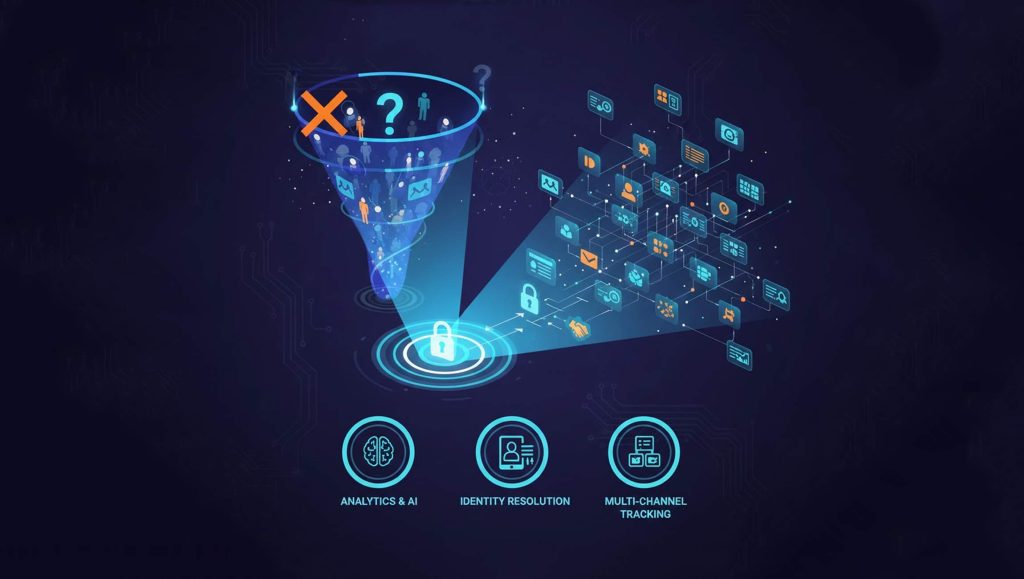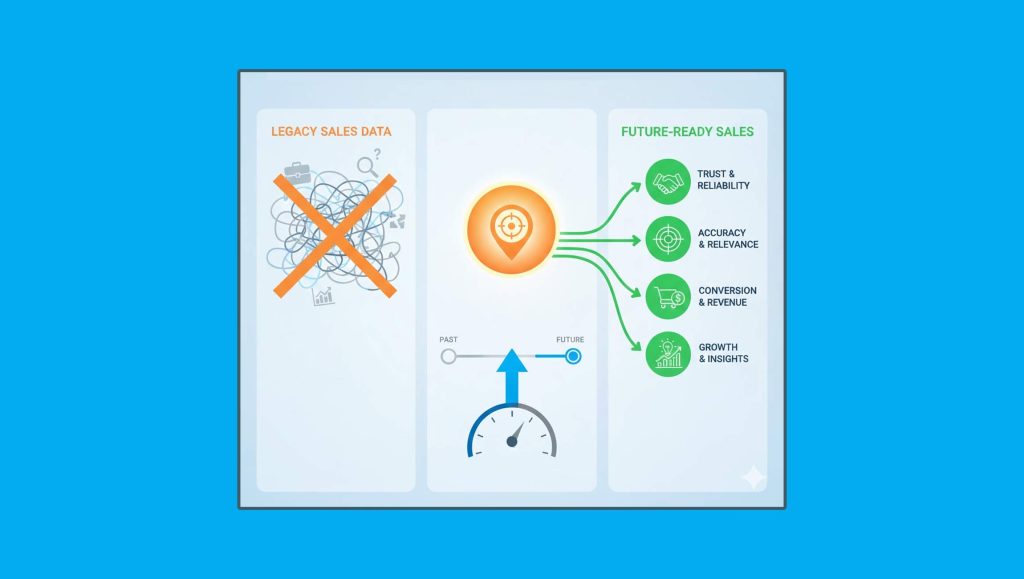For the past eight years, TrustRadius has published an annual report that reveals how business purchasing decisions are being made compared to how sales and marketing teams go to market. This year’s 2024 B2B Buying Disconnect Report: The Year of the Brand Crisis highlights the blurring lines between B2B and B2C buying behaviors as economic challenges sharpen. B2B buyers now only consider products they know and trust and demand the same transparency and access to product information they experience as consumers, especially given that a wrong choice in this economy could jeopardize their jobs.
The 2024 report highlights a crucial disconnect between buyers and sellers, emphasizing the need to understand buyer behavior shifts, consolidation trends, and risk aversion, as well as the necessity to build brand awareness, performance and trust at every touchpoint.
Maximizing Impact: The Top 5 Resources B2B Buyers Seek
Single-person buying decisions are becoming rare. Our report revealed small (68%), mid-sized (70%), and enterprise (53%) businesses now have two to five members on their buying committees, with more than ever being senior-level employees. This means B2B technology buyers must gather evidence and build confidence in order to purchase new technology.
However, this collaborative buying approach offers vendors a unique opportunity to stand out. By creating a recognizable brand and using customer voice, vendors can simplify the buying journey and instill confidence with their target buyers. Based on our 2024 report, those who focus on providing content and resources most consulted by buyers while also reaching out when they are actually in-market will build more brand trust than those using yesterday’s playbook — spray and pray ring a bell.
Moving Self-Serve Product Demos Up in the Sales Cycle
A real-world value
Most vendors (64%) think deals are won because their demo is compelling, while only 13% of buyers (14% enterprise) list the demo as their primary reason. However, demos are incredibly important to the overall decision as they are the most consulted resource (54% all buyers, 67% enterprise) in 2024. Buyers wish they could self-serve a demo earlier in their research process and it was gated behind a salesperson.
Offering prospects the ability to see your product in action through live, recorded, interactive, or user demos gives them a clearer picture of how your product works and if it has the needed capabilities, especially when tailorable to different use cases.
Read More: SalesTechStar Interview with Vincent Paquet, Chief Product Officer at Dialpad
Prior Experience—A foundation for buyer confidence
You know whether your experience with a product was good or bad and whether you’d want to use it again. That’s likely why prior experience with a product was the most consulted resource for 77% of buyers when evaluating new purchases.
Interestingly, our report uncovered that only 26% of vendors re-engage former customers, likely missing out on an effective tactic. Vendors who maintain relationships with happy users as they move between companies lay the groundwork for future sales. This proactive approach strengthens brand reputation and mitigates risk, assuring buyers they’re making a secure investment.
User Reviews—Building trust through authentic feedback
Customer reviews has long been one of the most-consulted and influential resources for B2B tech buyers. In fact, customer reviews are a top three resource for buyers and have steadily increased in usage year-over-year, while analyst report usage has decreased year-over-year. 2024 was an all-time low with only 14% buyers saying they consulted analyst reports.
In a time when traditional marketing messages are met with skepticism, authentic customer feedback remains a crucial differentiator, providing valuable, unbiased insights into product performance and satisfaction.
Vendors can leverage user feedback to highlight strengths, address weaknesses, and foster transparent dialogue with current users and potential buyers. Encouraging customers to share their experiences and proactively responding to reviews helps build a reputation for authenticity and reliability and therefore trust for today’s risk-averse market.
Vendor and Product Websites—Your digital front door
In a digital age where first impressions are often made online, a well-optimized website can be a powerful tool for demonstrating value and establishing credibility. Vendor or product websites are a top five consulted resource for 47% of buyers, yet don’t even touch a vendor’s top five reasons for why they think a deal was won.
Winning websites will engage, educate, and reassure buyers by providing clear, relevant content tailored to their needs. This includes detailed and clear product descriptions, case studies, and customer testimonials that align with the buyer’s specific challenges and goals. By investing in a user-friendly design and content strategy, vendors can create a seamless online experience that captures interest and builds lasting trust.
Free trials/accounts—Putting your solution in their hands
Free trials were named the most influential resource according to tech buyers (74%), but didn’t hit vendors’ top five marketing strategies. With free trials and accounts, buyers are able to explore a product on their own terms, giving them hands-on experience that reduces perceived risks and reinforces confidence in their choice.
Free trials and accounts give buyers a taste of your solution to their pain points. This level of access and product transparency builds trust and credibility that drives conversion and fosters long-term customer relationships. It’s also important to create a go-to-market motion to convert free trials or pilots to revenue before implementing this strategy.
Adapting to Change: Building Trust and Meeting Modern Buyer Expectations in B2B Tech
As the 2024 TrustRadius B2B Buying Disconnect Report illustrates, B2B tech buying is determined within a self-informing, collaborative decision-making process. With buyers increasingly expecting the same level of transparency and personalization they experience in B2C markets, brands must adapt their go-to-market strategies to stay competitive. This means prioritizing trust-building initiatives and aligning with the resources that modern buyers find most valuable, such as product demos, prior experience, user reviews, vendor websites, and free trials.
In times of economic uncertainty and heightened risk aversion, buyers seek vendors who offer genuine relationships built on authenticity and transparency. By addressing evolving buyer behaviors and leveraging key touch points throughout the buying journey, brands can build trust and enhance buyer confidence, securing long-term success in an increasingly competitive market.
Read More: Direct-From-Consumers: Recent Data and Trends on Retail Media Consumer Engagement




















